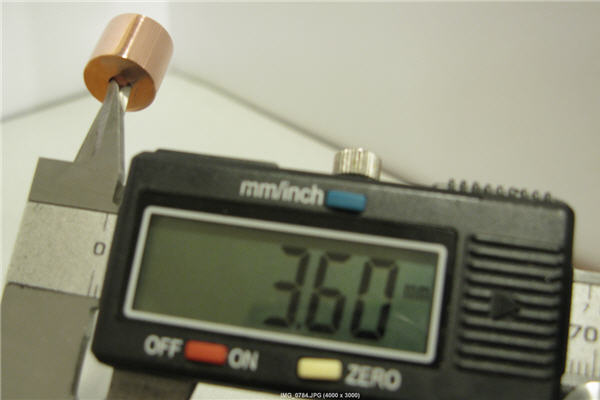ZRTMWA
I would appreciate not assuming I haven't read up. I have been reading and searching quite a bit. but I am finding a bit of confusing references....
of the 4 links you posted:
the 4th was written almost an hour after I typed this. So close, but unless I could have predicted the future, then the thread wasn't available. (I assure you I can't predict the future)
The 3rd post has daguin listing it as a 3.6mm diode. and larrydfw in post number 9 listing it as a 3.3mm diode.
The 2nd link is talking about the flat red diodes, even reading through that I am finding difficulty in finding anything substantial about the SmOC diodes...
The First does list them, however given that I have found more then one mm measurement on the size of the SmOC, rather then assume it's 100% accurate, I am looking for info straight from the horses mouth so to speak.
So I ask again, who here has actually measured one. can you confirm it as a 3.6mm for certain? At these sizes, .1 mm is the difference between a snug working fit with what I have in mind for one, and a diode that's too loose to work. Any useful info would be greatly appreciated. Also does anyone have any measurements of the length of the diode from the back to the front (not counting the pins of course)
Thanks in advance






